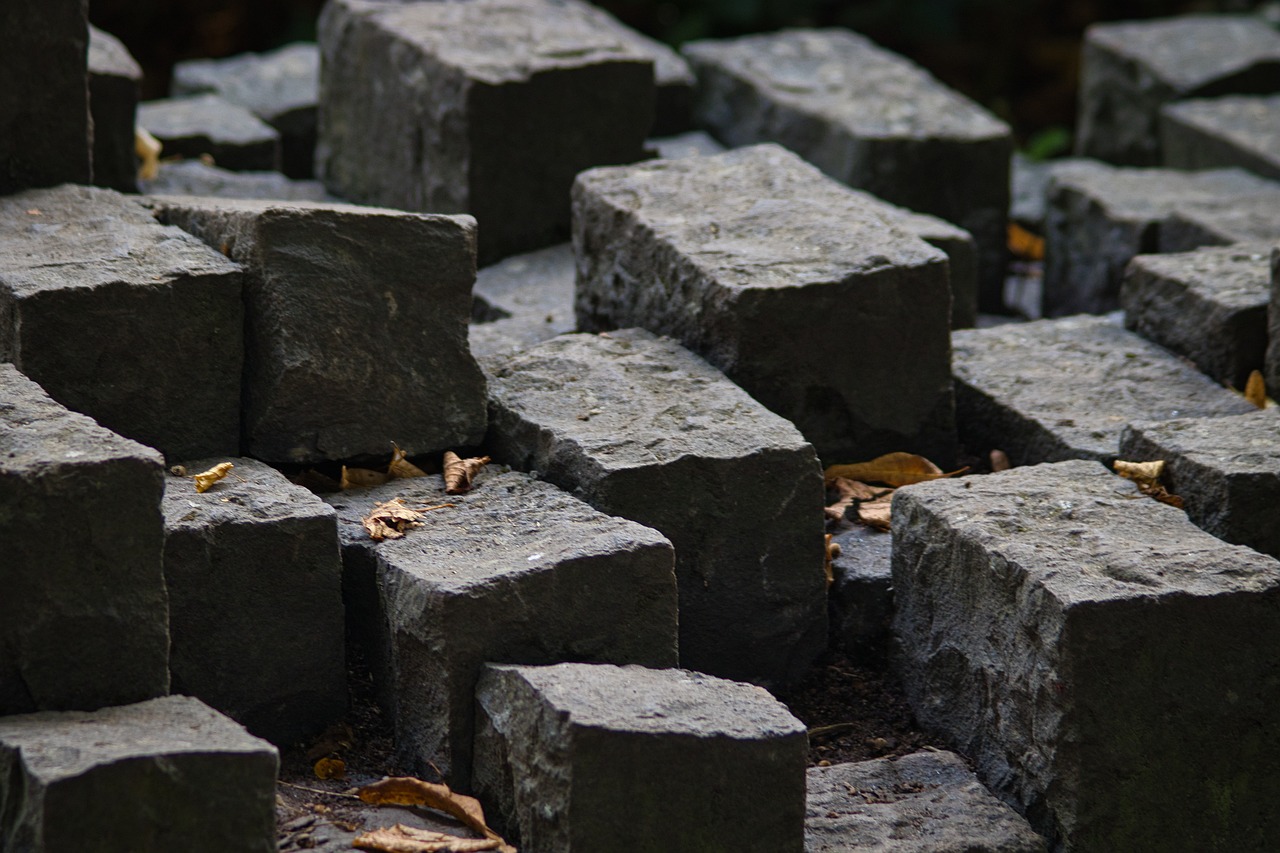Data and material passports
A material passport is used to document the amount, quality, accessibility and reusability of construction and demolition waste for reuse or recycling. This Replication Package describes the CityLoops definition of a material passport, as well as different methods for gathering data of materials, products, or components in order to create a material passport.
Material passports share the same objective, namely quantifying and qualifying the materials on site. However, they differ in the level of detail and number of aspects taken into account. The top five requirements for a material passport in CityLoops are:
- A bill of materials with quantities, material composition, and location of the materials on site.
- Inspection and maintenance history of the materials.
- Technical lifetime expectancy of the materials.
- ‘End of life options’ of the materials.
- A uniform system for data storage for structured output.
The Replication Package describes and compares four methods used in different demo-actions to gather and store data on CDW materials for reuse or recycling. The data in all demo-actions was stored in local databanks or Excel-sheets and used to document the quality and reusability of the materials, thus functioning as material passports. Two cities also developed digital marketplaces, which can use this type of data for materials classification (for more information, visit the Replication Package ‘Material banks and marketplaces’).
Lessons learnt
Four cities in CityLoops tested different methods of gathering data on materials for reuse or recycling purposes. Based on their experience, we have prepared some generic and method-specific recommendations that can help cities select and efficiently use the right methods for their construction projects:
- It is valuable to have a standard procedure in place for mapping and documenting the reusability/recyclability of materials in demolition projects.
- The pre-demolition audit should be done well in advance of the demolition and in cooperation with various stakeholders, so that the reusable or recyclable materials and elements are identified, included in the tendering of the selective demolition and connected to the design processes.
- For all data gathering methods a more advanced resource mapping system is needed, e.g., a pre-demolition audit reporting software program to be used to report and archive audit findings.
- In the demo actions local systems were adapted and used for data storage, but integration between the database storing information about the materials and a digital marketplace can be difficult. Thus, some cities have moved on to external systems that can handle this.
- It is useful to make a market-oriented material passport so that in the bidding and tender phase the external partners can include and work with the information about the secondary materials.
- It may not be possible to find or describe all the wanted information for a Material Passport. Especially the expected lifetime and the estimated value can be a challenge.
- The 3D visualization tool (digital twin) is useful for large urban development projects, but also suitable for 3D modelling of buildings. It can be used for gathering data on masses and materials, and to plan how new buildings can be made with on-site resources. It interprets complex data efficiently, while the visualisation can also help with making decisions based on real data. Data for the 3D visualization came from e.g., excel sheets, traffic API and Circulus. There were many different types of data, which were entered manually. This process can be optimised if it becomes possible to connect data between different systems.
- The drone scan can produce useful data for the pre-demolition audit and planning of the demolition work. Volumetric measurements based on 3D imaging can be a useful tool for contractors, building owners, consultants, and designers. The drone scan is useful and quick for mapping the materials in a building or construction site, but you need humans to inspect the results. The scan cannot recognize materials, but from photos you can calculate masses, number of windows, bitumen on roof, etc. If you have the proper equipment, you can do both outside and inside scanning.
- The road scan with cameras and sensors on vans can collect data on the amount and quality of materials available from the road. It can provide additional insights in the status of road materials, but developments are still needed to interpret the data and automate data storage. It is especially useful for asphalt roads, as it cannot assess the quality of concrete pavers yet – in this case a drone may be a better option. It was not possible to assess data on lifetime expectancy and re-use options of materials, products, and components from the road scan, but a visual inspection on-site can provide this knowledge.
- The simple excel sheet is an easy way to get started with screening buildings and gathering data on elements or materials for reuse and recycling. You visit the building/construction site and enter data on materials for reuse/recycling in an excel sheet with photos. Afterwards you identify which materials are relevant for reuse or recycling, and whether you need to gather more information about them or test them for hazardous substances. The more different stakeholders you involve in the tour of the area, e.g., environmental advisors, architects, contractors and engineers, the more ideas you will get on the reusability of elements and materials.

